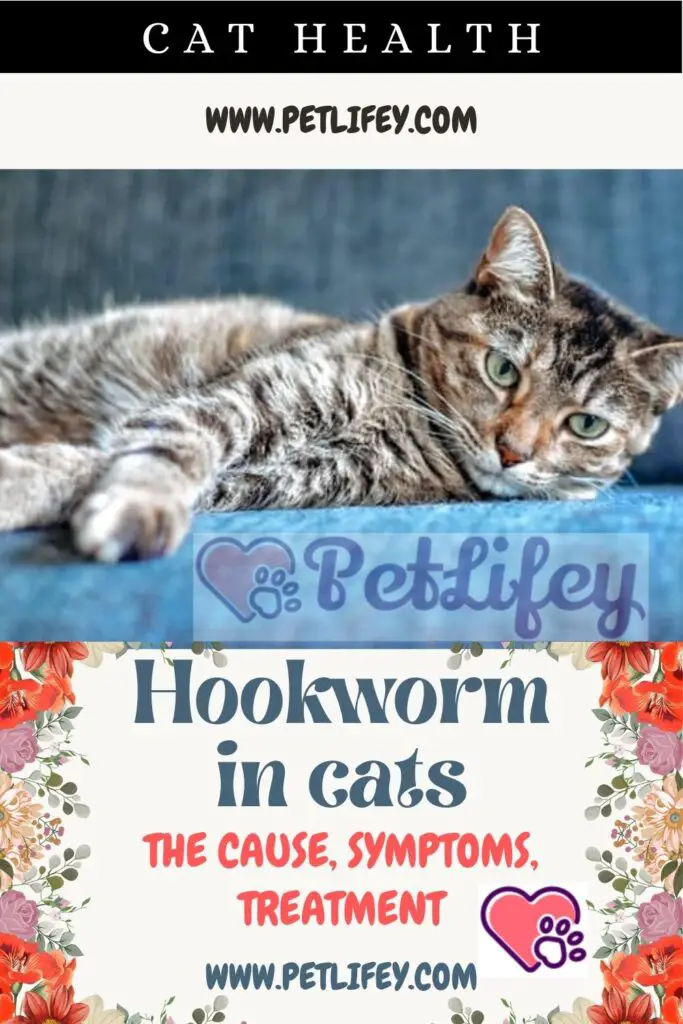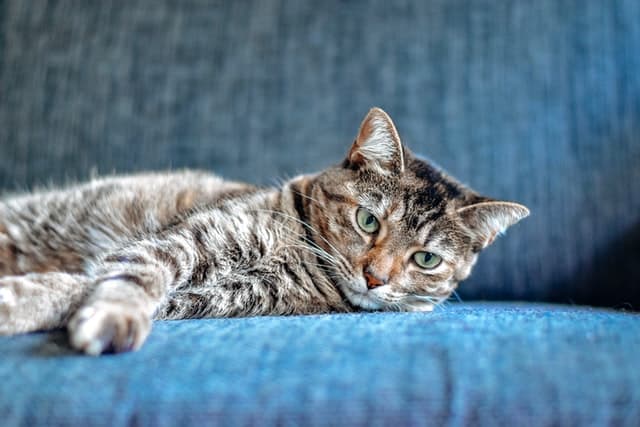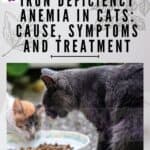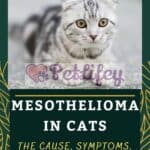
Parasites in felines are a major concern, in this particular article we will deal with hookworm in cats.
Hookworm is an intestinal parasite that is essentially common in cats. There are some species of hookworms that affect cats and some can also affect humans by transferring through the skin. Kittens in particular are more exposed to the risk of infestation.
Learn to recognize the symptoms and keep this parasite away. The severity of the disease depends on the species of hookworm involved, the number of worms, the previous state of health and the age of the infected cat.
Cause and contagion of hookworms in cats
Hookworms are worms, small, thin, and less than an inch long. The appearance of the parts of the mouth varies by species, but all hookworms have a mouth formation (teeth or plaques) that help them attach to the intestinal wall.
Unlike roundworms, (which float and steal nutrients from cat meals), hookworms attach themselves to the intestinal wall and feed on blood and / or tissue. These worms are also capable of detaching and moving to other places, leaving small ulcers where they have already fed.
Hookworm eggs, which hatch and produce larvae that can survive in the soil for months. Contagion therefore occurs when cats ingest these larvae, for example if they attach themselves to their paws and then clean themselves, licking themselves. Or they can attack the skin of the legs when walking on contaminated ground.
Once introduced into the cat’s body, the larvae move to its intestine, grow there, and evolve into adult hookworms. The cycle goes on and on repeating itself like this. In the case of kittens, they can also become infected with hookworms by drinking their mother’s milk. A much larger group of hookworms that infect animals can sometimes also be present in humans, being a zoonosis.
If their larvae penetrate human skin, they usually circulate in the skin causing cutaneous larva migrans, rather than migrating to the intestine. Rarely, A. caninum larvae migrate to the intestine, where they can cause eosinophilic enterocolitis.
However, they do not cause significant blood loss and anemia, as they do not fully mature to adulthood, do not lay eggs (making diagnosis difficult). This intestinal infestation can be asymptomatic or cause acute abdominal pain and eosinophilia.
Symptoms of hookworms in cats
The severity of symptoms varies between hookworm species and most infections are not life-threatening, but one type of hookworm (Ancylostome tubaeforme) can cause fatal blood loss in puppies with severe infections. Hookworms can cause any of the following symptoms in a cat, although these symptoms can only appear during severe infections:
- Diarrhea;
- anemia (pale gums, weakness;
- bloody or tarry cat feces;
- cough, when the larvae pass through the lungs (with very serious infections);
- Skin irritation, often observed in the feet between the toes, due to the migration of the larvae.
Diagnosis and treatment of hookworms in cats

If there is any doubt that there is a hookworm in your cat, it is best to make an appointment with the vet as soon as possible. The vet will examine the cat and will likely need a stool sample. Hookworm eggs can be detected under a microscope during a routine check of a stool sample (the testing process is called fecal flotation).
As it may take some time before your cat starts shedding hookworm eggs. This is why it is recommended that you deworm your kitten regularly. The treatment consists of a drug treatment followed by a complete sterilization of your home.
If the eggs are still present in the environment, the cat and all the animals present in the case, including you, may be reinfected. Wash the bedding and disinfect the litter box, bowls, and any areas he frequents or sleeps. Treatment is the same regardless of the hookworm species involved.
It must be repeated to treat mature larvae (for example, 2-week intervals). The number of treatments needed will depend on the age and health of the cat. Your veterinarian will specify the correct frequency range for treating the cat.
Prevention
Adequate treatment, prevention of hookworm infections and good hygiene, remain essential and are important in preventing this human health problem.






